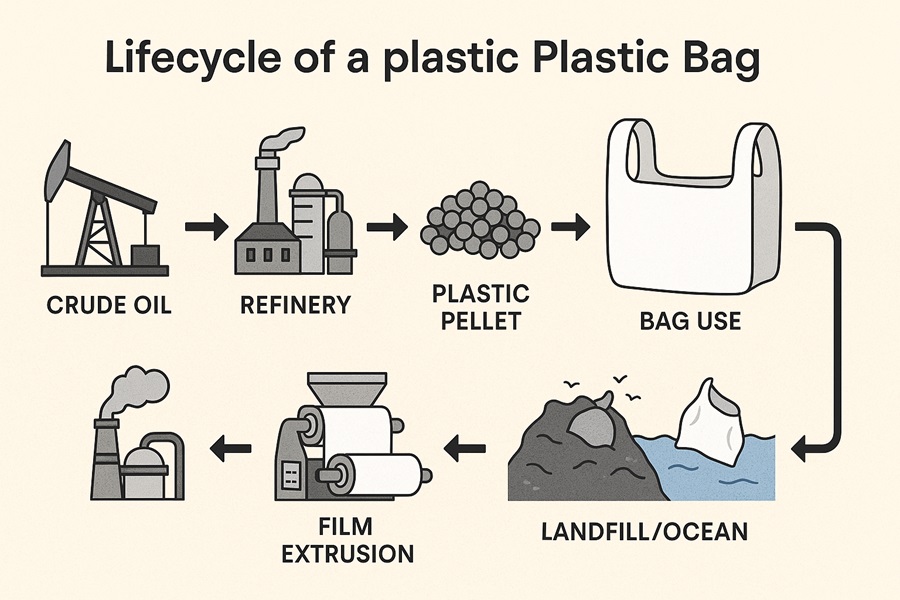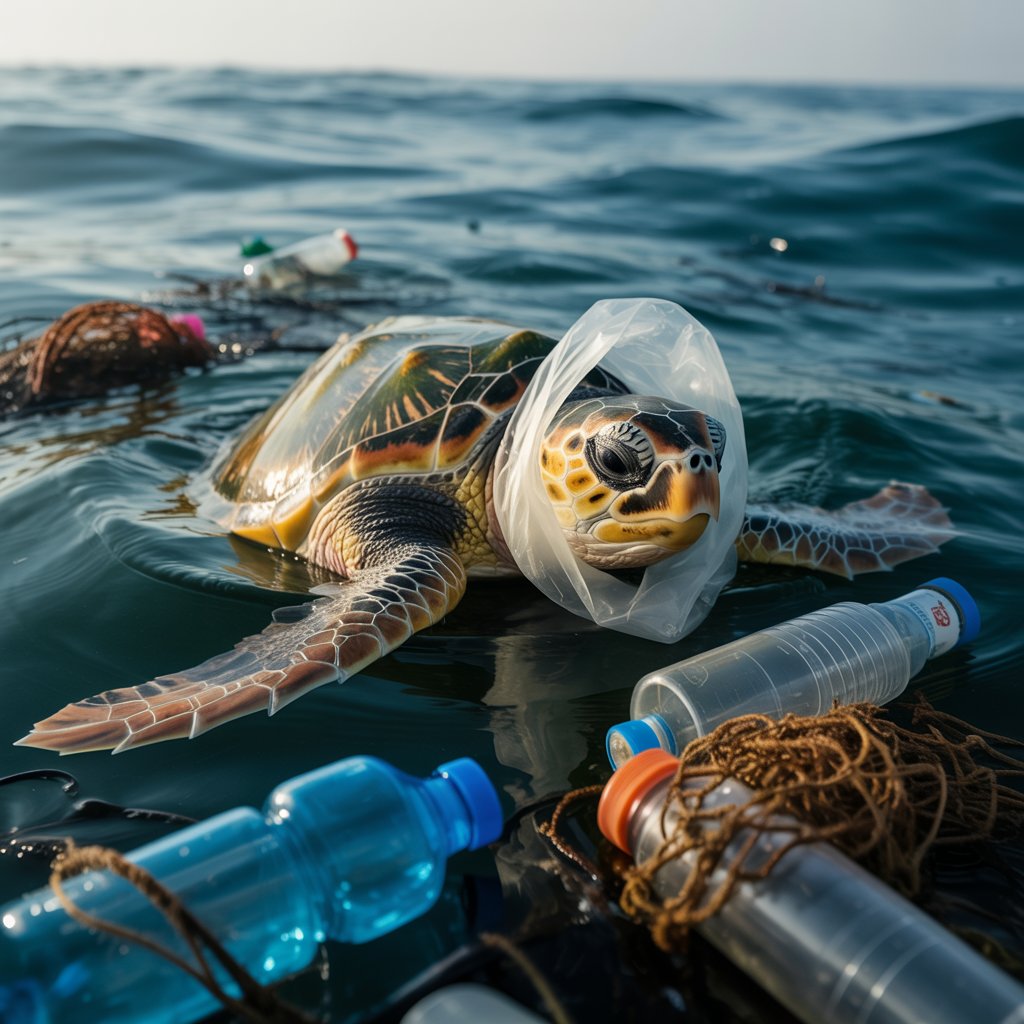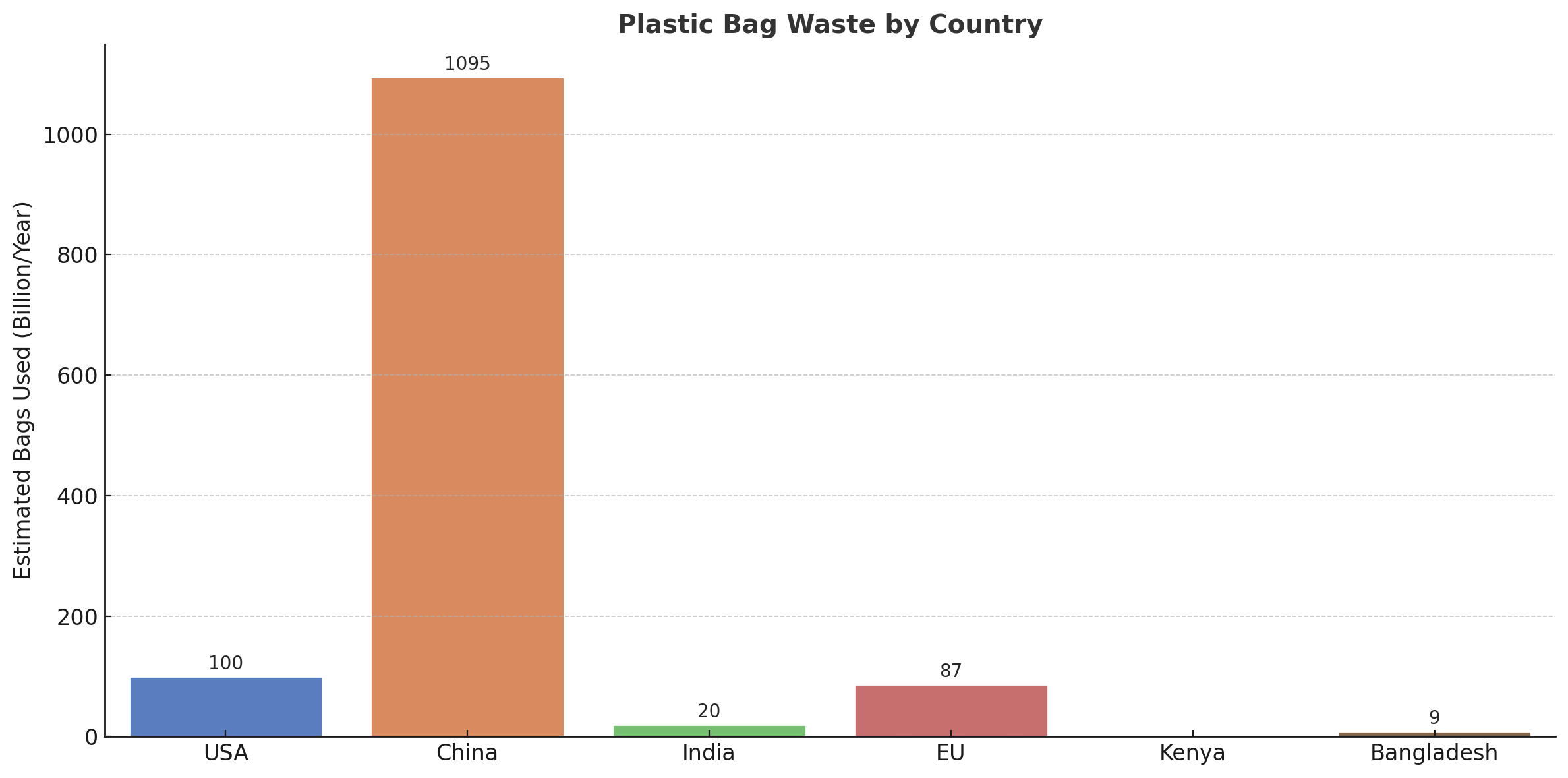Over 1 trillion plastic bags are used every year and most people have no idea what they’re holding. “Plastic plastic bags” is a term on the rise as users try to distinguish petroleum-based polyethylene bags from biodegradable or compostable options. This guide breaks down their materials, lifecycle, environmental impact and what’s next.
What Does “Plastic Plastic Bags” Mean?
At first glance “plastic plastic bags” sounds like a typo or redundancy. But if you’re here searching for it, you’re not alone.
This oddly repetitive term appears in user search queries especially from voice-to-text tools or people trying to distinguish between plastic bags made from actual plastic and newer alternatives like bioplastics or compostable bags.
In short “plastic plastic bags” means:
- Traditional plastic bags made from petroleum-based materials like polyethylene.
- A contrast to biodegradable or plant-based lookalikes.
- A reflection of confusion in a world filled with greenwashed marketing.
Let’s get into what these bags are and why the world can’t seem to shake them off.
What Are Plastic Plastic Bags Made Of?
Traditional plastic plastic bags are made mostly from polyethylene—a petroleum-derived polymer. It’s used for its durability, flexibility and extremely low cost of production.
Most Common Plastics in Plastic Bags:
| Plastic Type | Full Name | Usage | Recyclability |
| LDPE | Low-Density Polyethylene | Grocery, bread, and dry-cleaning bags | Partially recyclable at drop-off points |
| HDPE | High-Density Polyethylene | Retail shopping bags, garbage liners | Widely recyclable in proper facilities |
| PP | Polypropylene | Reusable shopping bags | Some recycling centers accept it |
These bags are molded by a process called blown film extrusion, which stretches and shapes molten polyethylene into thin, lightweight films.
From Crude Oil to Checkout: How Plastic Plastic Bags Are Made
Plastic plastic bags may feel light and flimsy, but their production involves a heavy industrial process with significant environmental costs.
Lifecycle of a Plastic Plastic Bag:
- Raw Material Extraction
Most plastic bags start as crude oil or natural gas, extracted via drilling or fracking. These are non-renewable resources with a high carbon footprint. - Refining and Polymerization
The raw materials are sent to petrochemical plants, where they’re refined and processed into ethylene gas, which is polymerized into polyethylene pellets—the base ingredient of most plastic bags. - Manufacturing
These pellets are melted and extruded into thin films using blown film extrusion. The films are then cut, shaped, and sealed into bags. - Distribution & Use
Plastic bags are shipped globally to retail stores, where they’re used—often just once—to carry goods. - Disposal or Leakage into Environment
Most bags are not recycled. Instead, they end up in:- Landfills
- Incinerators
- Oceans and rivers
- Blowing around urban areas
⚠️ A single-use plastic bag may serve a purpose for just 12 minutes, yet persist in the environment for centuries.
Plastic Plastic Bags vs. Biodegradable & Compostable Bags
Plastic plastic bags are often confused with modern alternatives claiming to be eco-friendly, but not all bags are created equal.
Let’s break it down.
| Feature | Plastic Plastic Bag | Bioplastic Bag | Compostable Bag |
| Material | Polyethylene | PLA, PHA | Corn starch, cellulose |
| Durability | High | Medium | Low |
| Breakdown Time | 500+ years | 3–5 years | 3–6 months (if composted properly) |
| Cost | Very Low | Moderate | High |
| Needs Industrial Composting? | No | Sometimes | Often |
Many “biodegradable” bags still contain fossil-fuel-derived materials that break into microplastics, not harmless substances.
⚠️ Greenwashing alert: Some bags labeled “biodegradable” only degrade under perfect lab conditions—not your backyard or ocean.
The Environmental Impact of Plastic Plastic Bags
Plastic plastic bags are light, convenient, and deadly. Here’s how they impact our planet:
Marine Life
Animals often mistake plastic bags for food. Sea turtles, for instance, confuse floating bags with jellyfish. Ingestion leads to internal blockages, starvation, or even death.
Greenhouse Gas Emissions
The production of plastic bags involves oil extraction, refining, and polymerization—all high-energy, high-emission processes.
️ Waste Overflow
Over 1 trillion plastic bags are used annually worldwide. Most end up in:
- Landfills
- Oceans
- Roadsides
- Incinerators (releasing toxic fumes)
Microplastics Crisis
As bags degrade, they fragment into microplastics—tiny, nearly invisible bits that infiltrate:
- Drinking water
- Soil
- The food chain
A single plastic plastic bag can take 500 to 1,000 years to fully degrade. The average American family takes home nearly 1,500 plastic bags per year. Only about 1% are recycled properly in the U.S.”
Who’s Producing the Most Plastic Bag Waste?
Plastic bag waste is a global problem—but not all countries contribute equally. Here’s how different regions compare in usage, recycling, and regulation.
| Country | ️ Estimated Bags Used (Yearly) | ♻️ Recycling Rate | Regulation Status |
| USA | ~100 billion | ~1% | State-level bans in CA, NY, etc. |
| China | ~3 billion/day (pre-2021 ban) | Unknown | National ban on ultra-thin bags |
| India | ~20 billion | Low | Bans in multiple states |
| EU | ~87 billion (2010s est.) | Moderate | Phased ban since 2021 |
| Kenya | N/A | Minimal | Complete ban, strict fines |
| Bangladesh | ~9 billion | Minimal | First country to implement ban (2002) |
️ The U.S. alone produces more plastic bag waste than almost any other nation, and lacks a federal ban.
Even in countries with bans, enforcement and public compliance vary widely, allowing plastic bags to remain in circulation.
Are Plastic Plastic Bags Being Banned?
Many regions have recognized the dangers and taken action.
Global Plastic Bag Bans & Taxes
| Region | Status | Year |
| EU | Banned most single-use plastic | 2021 |
| California | Banned plastic carryout bags | 2016 |
| New York | Ban implemented statewide | 2020 |
| Bangladesh | First country to ban plastic bags | 2002 |
| Kenya | Strict penalties for usage | 2017 |
Some bans apply only to certain thicknesses or uses, while others allow compostable or reusable plastic alternatives.
Retailers are also stepping in—many charge 5–25 cents per plastic bag to encourage reusable alternatives.
Why Do We Still Use So Many Plastic Plastic Bags?
Despite awareness and bans, plastic plastic bags are still widely used. Why?
They’re Cheap
Businesses often prioritize cost-efficiency. Plastic bags cost pennies, while compostable options can be 10x more expensive.
️ Convenience Wins
Consumers value the lightweight, waterproof, and strong nature of plastic bags—especially for wet or frozen goods.
Change Resistance
Behavioral inertia is powerful. Many people forget to carry reusable bags or don’t trust compostable ones for heavy items.
Eco-Friendly Alternatives to Plastic Plastic Bags
There are many better options out there—if you’re ready to make the switch:
Reusable Totes
- Cotton bags: Washable and biodegradable.
- Hemp or jute bags: Stronger and more sustainable.
- Polyester totes: Reusable, but not biodegradable.
♻️ Recycled Plastic Bags
Made from post-consumer materials, these have a lower carbon footprint but still need proper disposal.
Compostable Liners
Useful for food waste, but only effective when composted correctly (i.e., in an industrial composting facility).
✅ Pro Tip: Keep a foldable tote in your car, office, or purse for emergencies.
Can You Really Recycle Plastic Plastic Bags?
Recycling plastic plastic bags sounds like a great solution—until you learn how poorly it works in reality.
Why Most Curbside Programs Reject Plastic Bags:
- Bags clog the machinery at Material Recovery Facilities (MRFs)
- They wrap around gears, causing delays and hazards
- They require separate handling, which many cities can’t afford
Less than 5% of plastic bags in the U.S. are ever recycled.
✅ How to Recycle Them (If At All):
- Use retail store drop-off bins (available at some grocery chains)
- Never place bags in your home recycling bin
- Look for programs certified by Trex or similar initiatives that reuse bags for decking and lumber
Better Alternatives:
- Use reusable bags made from cotton, hemp, or jute
- If you must use plastic, reuse it multiple times before final disposal
- Avoid black plastic bags—they’re nearly impossible to recycle
What Makes a Plastic Bag Truly Green?
Many brands throw around terms like “eco,” “biodegradable,” or “green” to sell plastic alternatives—but don’t be fooled.
Certification to Trust:
| Label | Meaning |
| ASTM D6400 | Fully compostable in industrial settings |
| EN 13432 | European standard for compostability |
| OK Compost | Verifies commercial compostability |
Beware of:
- Oxo-degradable plastics (they break into microplastics)
- Bags that claim “degradable” without scientific backing
The Future of Plastic Plastic Bags
Even as bans spread and innovation accelerates, plastic plastic bags aren’t going away just yet. But the future offers hope.
Innovations on the Horizon:
- Water-soluble bags: Dissolve completely in water
- Edible packaging: Made from seaweed or starch
- Bags from fungi, cassava, or algae: Compostable and carbon-neutral
Governments are investing in R&D for sustainable packaging, and consumers are starting to demand better.
Frequently Asked Questions About Plastic Plastic Bags
- Is “plastic plastic bags” a real term?
It’s not an official industry term, but people use it—especially in searches—to distinguish traditional plastic bags from newer alternatives.
- What are plastic plastic bags made of?
Most are made from polyethylene (either LDPE or HDPE), a non-biodegradable plastic derived from petroleum.
- Are biodegradable bags actually better?
Sometimes. They need the right conditions to break down and can be more eco-friendly—but they’re not perfect.
- Can I recycle plastic plastic bags?
Usually not curbside. They must go to special store drop-off points that accept soft plastics.
- Why haven’t plastic bags disappeared despite bans?
Cheap production, consumer habits, and limited enforcement have kept them around.
Conclusion: More Than Just a Typo
The phrase “plastic plastic bags” may sound silly, but it points to a bigger truth: confusion, greenwashing, and a world still struggling with plastic dependency.
By understanding what’s behind the term, you’re already ahead of the curve. Whether you’re a shopper, business owner, or policy advocate, your choices matter.
So next time you reach for a bag—ask yourself, is this just another plastic plastic bag? Or is it time for a smarter choice?





